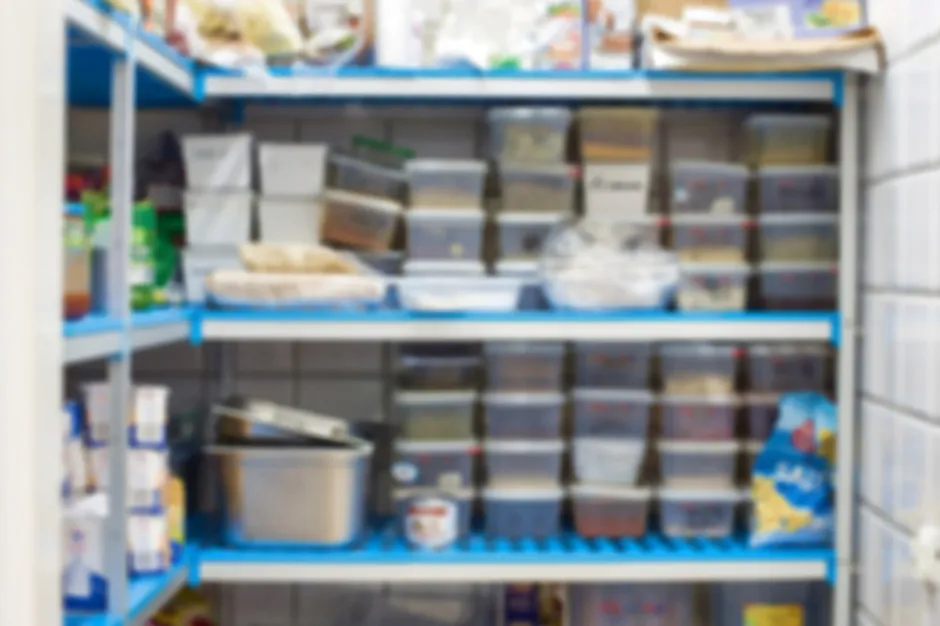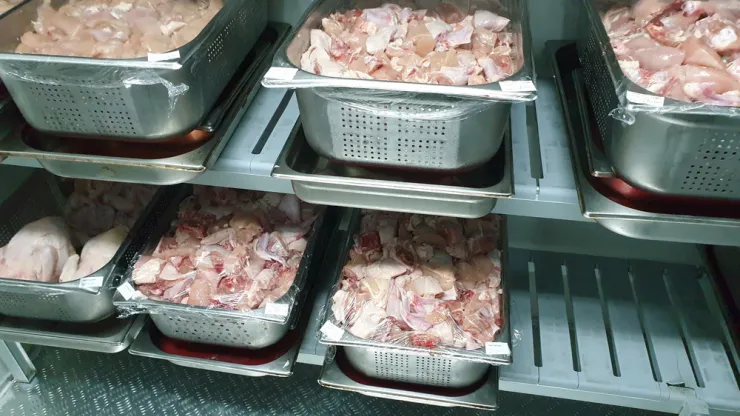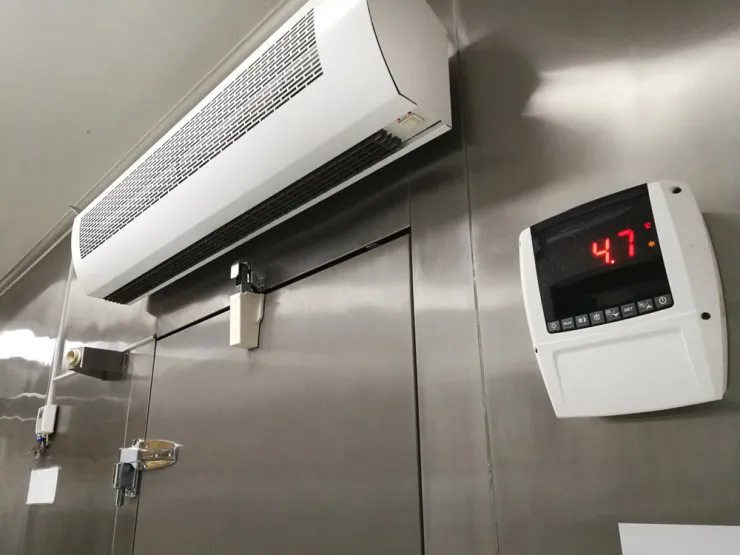
Restaurant food safety is a non-negotiable priority number one for any operator. But there’s a lot to know. Here, we look at restaurant food safety fridge storage tips to help you keep your precious ingredients fresh and contamination-free.
When thinking about food safety, hand-washing and sanitising surfaces immediately come to mind. But just as important as the way you prepare the food in your restaurant is the way you store it.
If the food is already contaminated when you take it out of the fridge, it doesn’t matter how much you wash your hands and sanitise your bench, the damage is done.
Below, we discuss the top tips to keep your ingredients stored correctly to minimise the risk of a food safety incident. We’ll also look at ways to make it easier to stay on top of daily food safety tasks with the help of the latest technology.
6 restaurant food safety fridge storage fundamentals
Food safety is a crucial aspect of running a restaurant, and proper fridge storage is a key component of any food safety management system. In order to ensure the safety of your customers, it's important to follow a few guidelines when storing food in your restaurant's fridges.
These tips apply to under-counter prep fridges just as much as upright fridges and walk-ins. Follow these guiding principles and you’ll be the best friend of the health inspector next time he pays a visit.
Keep your fridge clean and in order
First and foremost, it's important to keep your fridge clean and tidy. This means regularly cleaning the interior and exterior of the fridge. The best way is to set up cleaning rotas and provide staff with checklists to ensure that nothing is missed.
A well organised fridge is easier to keep clean, so set up clearly marked areas for different food types, such as raw meat, cooked meat, fish, vegetables, dairy and prepared food.
Follow placement best practices
When it comes to storing specific types of food, it's important to keep in mind that raw meats should be stored on lower shelves, where there is no chance they can drip onto prepared foods, to prevent cross-contamination.

Dairy products should also be stored on lower shelves, as they are more susceptible to spoilage at higher temperatures. Fruits and vegetables, on the other hand, can be stored on higher shelves, as they are less likely to spoil at warmer temperatures.
Larger restaurants may have separate fridges for different types of food. But it’s still important to store items correctly in their own fridges.
Labelling
Another important aspect of restaurant fridge storage is proper labelling. All food items should be clearly labelled with the name of the item, the date it was prepared or opened and any expiration dates.
This will help your staff quickly identify which items need to be used first, and will help prevent food from going to waste.
Modern restaurant POS systems come with labelling tools and can connect to label printers. If you’re stock is being managed through the system, it can easily print off food labels for clearer, more precise storage.
Rotate stock constantly
Drill into your team the principle of first-in, first-out, which means that the food that came in earliest should be used first. In practice, this means storing new ingredients behind or under older stock so that when the next person comes in to grab an item, they naturally take the older stock first.
Proper labelling with best before dates also helps to ensure you are rotating stock properly and also helps with your stock counts and purchasing decisions.
Temperature monitoring
In addition to these guidelines, it's also important to make sure that your fridge is functioning properly and is set to the proper temperature. The ideal temperature for a restaurant fridge is between 1- 5℃ and legally perishable food must be stored below 8℃.

Digital temperature monitors can constantly monitor your fridge temps and alert you to any fluctuations.
Check for pests
Hopefully, if you’re following food safety best practices, pests won’t be attracted to your food storage areas. But there’s no guarantee. It’s important to train your employees to regularly check for signs of mice, rats, cockroaches and other pests.
Holes in packaging, droppings and scratching noises are all signs that you have a pest problem. Make sure staff know to flag this as soon as possible so it can be dealt with quickly.
Tech takes the tedium out of restaurant food safety and fridge storage
Proper fridge storage is an essential component of food safety in a restaurant. By keeping your fridge clean and organised, properly labelling food items, storing food items at the right temperature and regularly checking the temperature of the fridge, you can help ensure that your customers are getting safe, fresh food.
A restaurant POS system with food safety tools built-in can make food safety regulations much easier to adhere to. Digital checklists gamify tedious tasks making them more engaging, automated temperature monitoring takes the hassle out of temp checks and the system also stores all your food safety documentation.
Remember: this information is meant as a guideline only. Always check with the local health department for any additional guidelines or regulations to ensure legal compliance.

